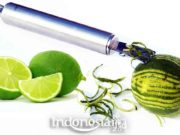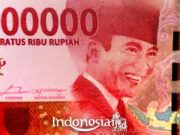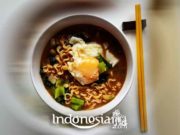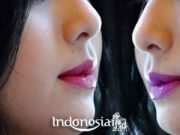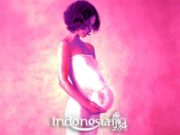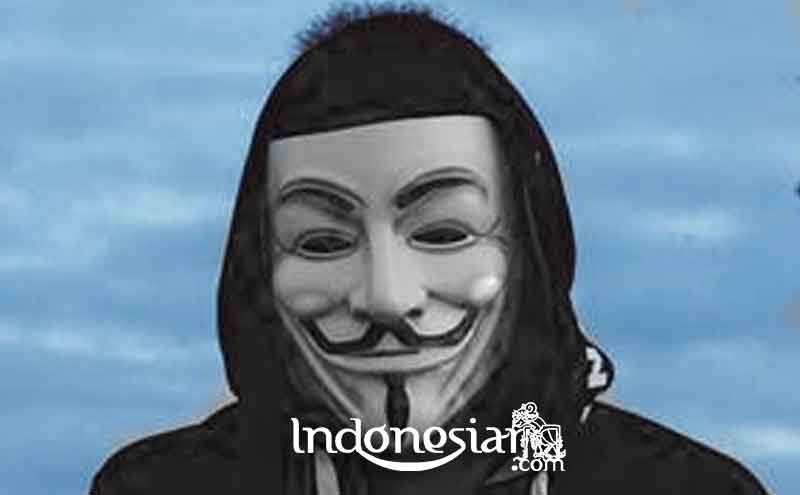Indonesian culture cannot be separated from its human expression through various means. Wooden masks are a manifestation of the inner feelings and experiences that are poured from the facial expressions of these masks.
This inner expression is conveyed through dance movements to convey a figure and stories of human virtue, tenderness and heroism. Mask or mask dance has developed in several Indonesian ethnic groups in Java, Kalimantan, Sulawesi, Sumatra and Papua. Of course, with the characteristics and in accordance with the rituals of each tribe.
Mask dance is an art that was born and developed around Cirebon, West Java Province. This cultural art developed not only in Cirebon, but also in Subang, Indramayu, Jatibarang, Majalengka, Losari, to Brebes in Central Java.
Topeng Cirebon is usually made of soft wood so that it is easy to shape, for example, jaran wood, waru wood, mango wood, or lame wood. Even though it is made from soft materials, it still takes persistence and accuracy in making it. At least a mask craftsman needs a day to create a mask.
Why is it called a mask dance? The reason is, the dancer uses a mask or guise as a dance accessory, which serves to cover the dancer’s face. The use of this mask is also related to the type of dance being played, which is of course in accordance with the character of the mask or mask being used. According to its development, this dance began to have various stories. Can be performed solo or in groups of five to seven dancers.
This mask art originated from East Java, which spread to Cirebon during the reign of the Jenggala kingdom (10-11 centuries AD). At that time, the Malang Panji Mask Dance developed.
As quoted fromultur.kemendikbud.go.id, the existence of Cirebon mask dance cannot be separated from the early period of the spread of Islam in the city. Cirebon in the 16th century became the center of the spread of Islam in western Java. Sultan of Cirebon Syekh Syarif Hidayatullah, who is also a member of Wali Songo with the title Sunan Gunung Jati, collaborates with Sunan Kalijaga using mask dance and six other arts, namely, shadow puppets, gamelan, jointly, brai, angklung, reog, and berokan as means of preaching. Islam. In addition, these arts are also created as works of art that have aesthetic values so that they can be held in the palace environment.
However, in the colonial era of the Dutch East Indies in the 17th century, there was a limitation in performing arts at the Cirebon Palace. This condition makes many dance artists develop this mask art in their respective villages. Since then, mask dance has developed among the common people.
The characteristic of Cirebon mask dance is the graceful movements of the hands and body, while the musical accompaniment is dominated by drums and fiddle performed by the wiyaga. The dancers themselves are the masterminds of the dance story. Another uniqueness is the process of inheriting mask dance skills from the older generation to the younger ones.
According to the times, Cirebon masks then have a specific form and presentation by displaying several different types of dances according to the guise used. In accordance with the sequence, the Cirebon mask dance consists of the panji mask dance, the samba mask dance, the rumyang mask dance, the temanggung mask dance, and the kelana or rahwana mask dance. The five types of masks became known as Panca Wanda (five forms).
These five Cirebon mask prototypes have their own uniqueness and underlying stories. The philosophy of Cirebon’s five purwa masks contains the meaning of the human life cycle. In childhood it is symbolized by a banner mask, which has a soft dance form and movements like children. As a teenager, the samba mask has become a lively and curious representative of human life.
While the rum mask, which represents the life cycle of an adult human, seems to have a red glow to indicate maturity, as well as its increasingly steady movement indicating that humans are approaching establishment. The Temanggung mask tells of the life cycle of humans who have stepped on a period of perfect maturity and stability.
Kelana mask dance is often called the rawana mask. The term refers to one of the characters in the Ramayana story, namely the character of Rahwana. Coincidentally, his character is exactly the same as the Kelana character in the banner story. In Cirebon, the mask of kelana and rawana is sometimes interpreted as the same dance. However, for some mask puppeteers, for example, Sujana Arja and Keni Arja from Slangit, Sutini from Kalianyar, and Tumus from Kreo, the two dances were distinguished based on their costumes.
Kelana mask dance is a depiction of someone who has a bad character, is greedy, full of anger and cannot control his lust, marked by the red color of his mask. The dance is very powerful and lively, so that it is more liked by the audience than other mask dances. The dance movements depict someone who is angry, drunk, infatuated, laughing out loud, and so on.
This Cirebon mask dance is not only performed at the celebration of the villages, the Keraton Kacirebonan rituals and performances in areas even outside Indonesia. Indonesia has a Cirebon mask dance maestro named Mimi Rasinah. Come on, get interesting information from indonesiar.com.



